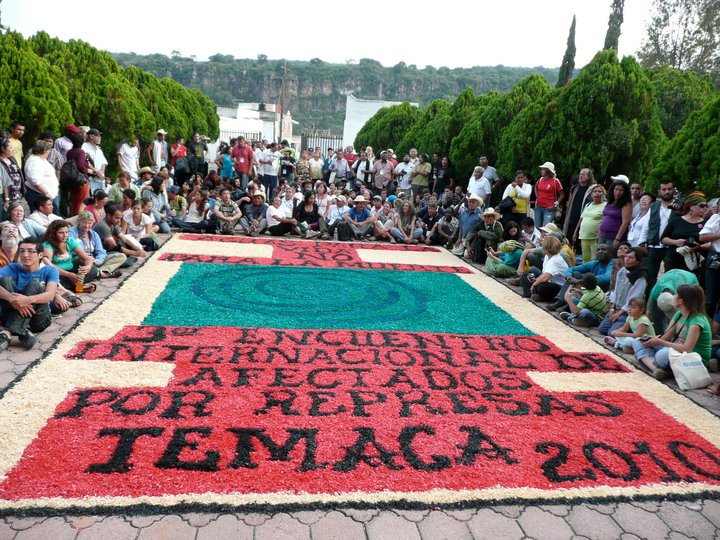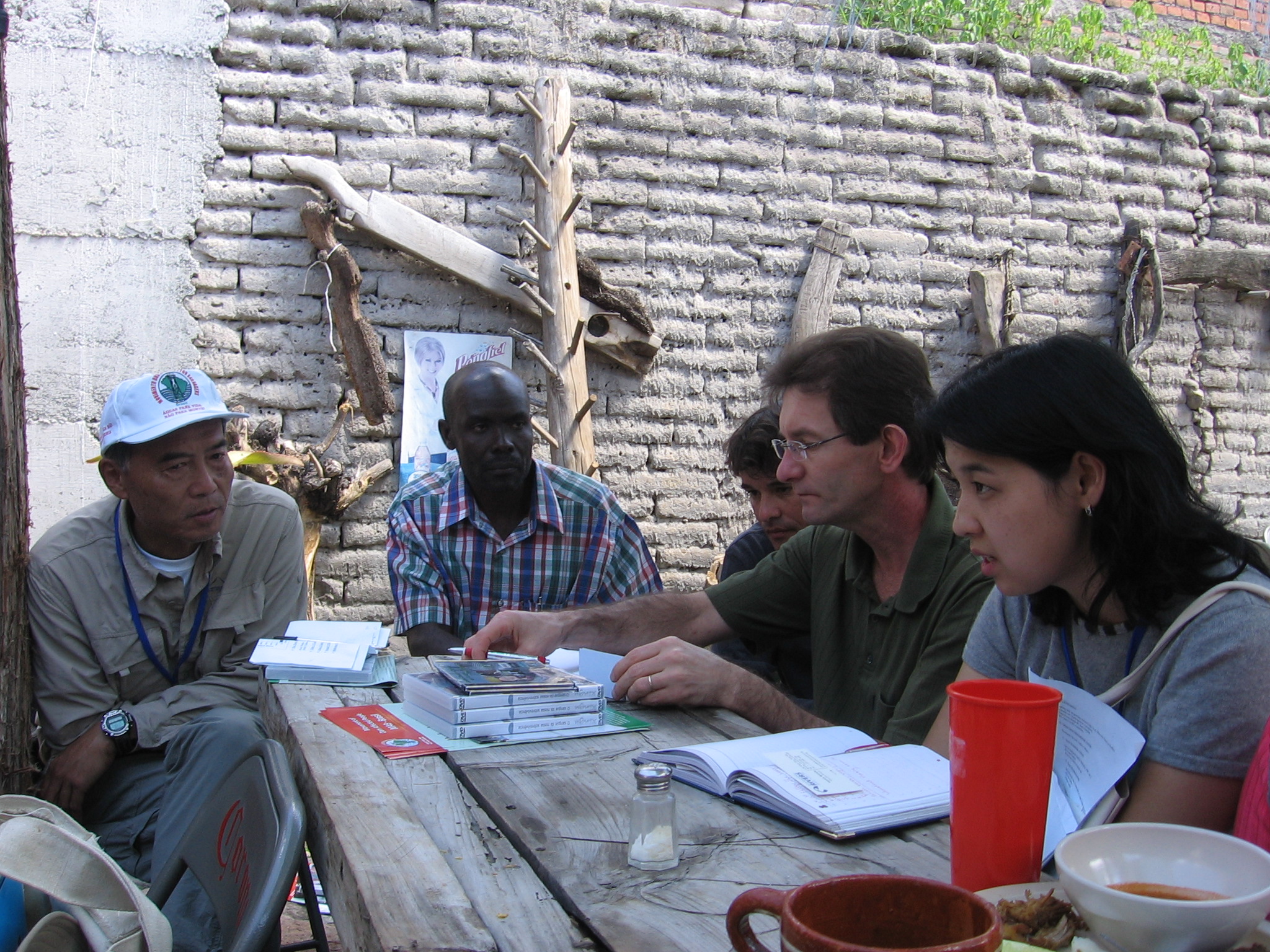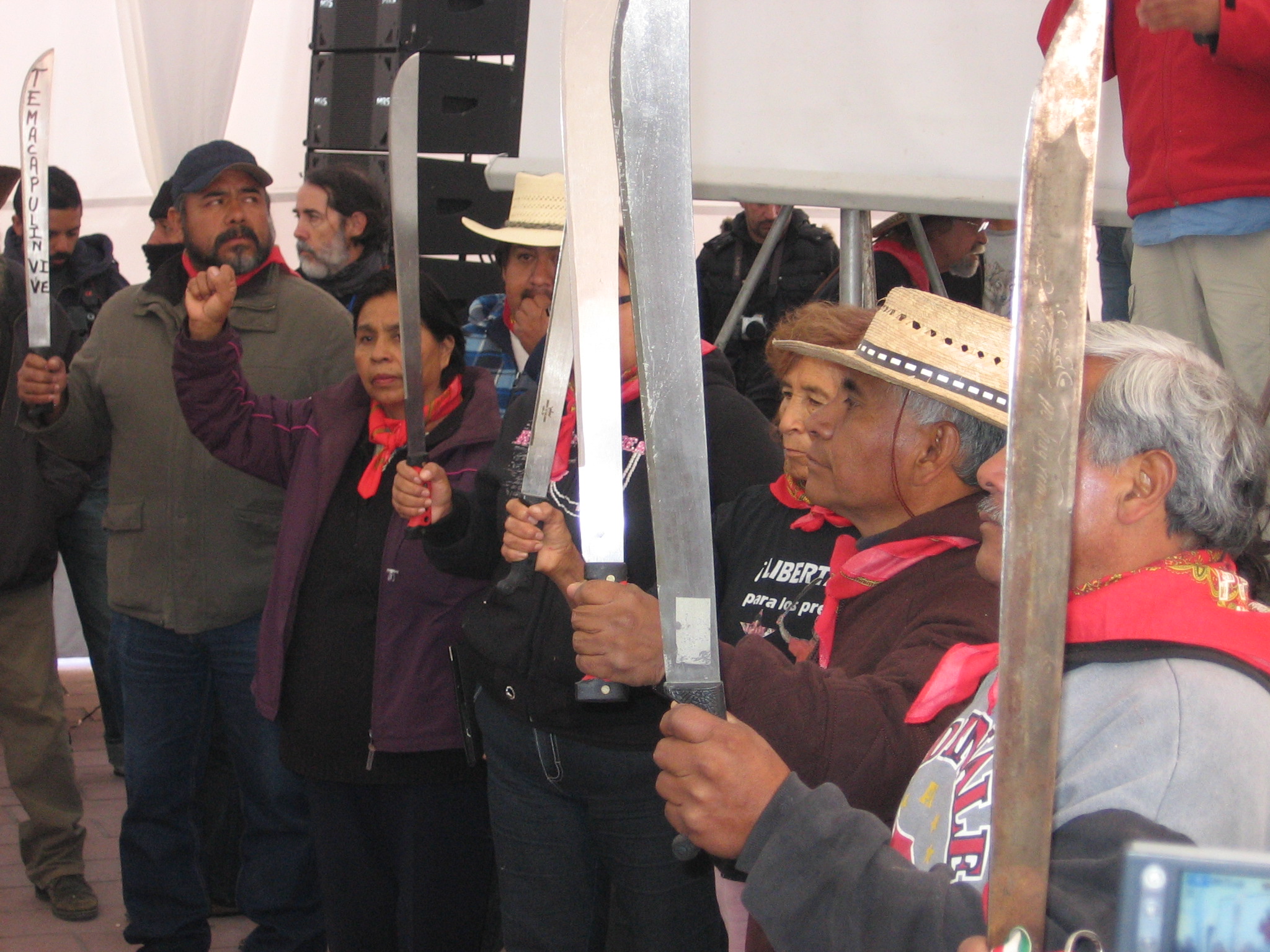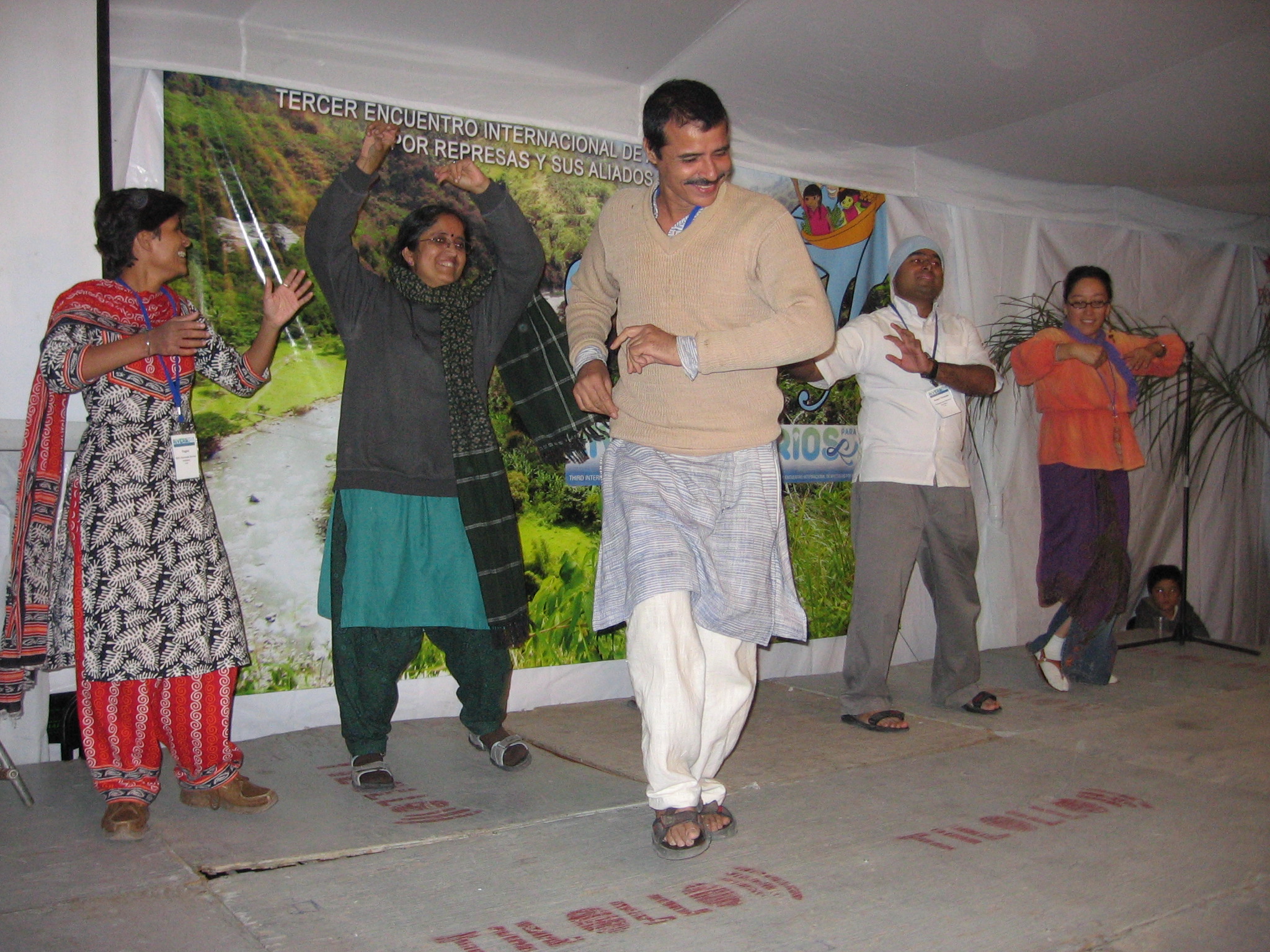
Imagine a mixture of a dam protest, legal seminar, solar panel installation and river dance. Imagine hundreds of grassroots activists from all around the world coming together in a remote rural community for five days of discussions, skill-shares and parties. This is what just happened at the “Rivers for Life 3” meeting in Temacapulin, Mexico. Read this eyewitness report by an inspired and exhausted participant.The world of dam building is changing rapidly. Renewable energy technologies have seen their breakthrough, while climate change is turning the world upside down. New dam builders have rolled up the global market, and traditional financiers are changing their roles. Civil society groups around the world need to find new strategies and cooperate more closely if they want to address these challenges. On October 1-7, Rivers for Life 3: the Third International Meeting of Dam-Affected People and Their Allies offered a unique opportunity for information sharing, training, strategizing and making friends. It brought together 330 activists from 60 different countries in the small Mexican town of Temacapulín.

International Rivers
Inviting hundreds of activists who speak dozens of languages to a rural community is a daunting task. Hosted by the friendly and passionate people of Temacapulín, the delegates took the logistical challenges in stride. They engaged in more than 30 workshops, held hundreds of informal discussions, visited hotspots of dam building in Mexico, and danced the nights away. They discussed the new global role of Chinese and Brazilian dam builders. They explored trends regarding international human rights law and reparations for past damages. They learned about solar technologies and dam removal. And they picked up new skills in video advocacy, online communications and local energy solutions.
Between the workshops, Temacapulín turned into a beehive of informal networking. Over lunch you could watch Indian and Chinese activists discuss the plans to dam a shared river on the Tibetan Plateau and in Northeast India. You could hear a British campaigner update an activist from Sikkim about hedge fund investments in his Indian mountain state (and learn a thing or two about computer programs in return). You could listen in as a water expert from Sri Lanka sought advice from a Persian colleague about Iranian dam plans in his island nation. Over dinner, indigenous activists from Kenya strategized with Chinese partners about a Chinese bank loan for the destructive Gibe 3 Dam. And dam fighters from Turkish Kurdistan, Burma and Mexico swapped stories about police repression in their countries.
Imagine a mixture of a dam protest, legal seminar, solar panel installation and river dance. Imagine hundreds of grassroots activists from all around the world coming together in a remote rural community for five days of discussions, skill-shares and parties. This is what just happened at the “Rivers for Life 3” meeting in Temacapulin, Mexico. Read this eyewitness report by an inspired and exhausted participant.
The world of dam building is changing rapidly. Renewable energy technologies have seen their breakthrough, while climate change is turning the world upside down. New dam builders have rolled up the global market, and traditional financiers are changing their roles. Civil society groups around the world need to find new strategies and cooperate more closely if they want to address these challenges. On October 1-7, Rivers for Life 3: the Third International Meeting of Dam-Affected People and Their Allies offered a unique opportunity for information sharing, training, strategizing and making friends. It brought together 330 activists from 60 different countries in the small Mexican town of Temacapulín.

International Rivers
Inviting hundreds of activists who speak dozens of languages to a rural community is a daunting task. Hosted by the friendly and passionate people of Temacapulín, the delegates took the logistical challenges in stride. They engaged in more than 30 workshops, held hundreds of informal discussions, visited hotspots of dam building in Mexico, and danced the nights away. They discussed the new global role of Chinese and Brazilian dam builders. They explored trends regarding international human rights law and reparations for past damages. They learned about solar technologies and dam removal. And they picked up new skills in video advocacy, online communications and local energy solutions.
Between the workshops, Temacapulín turned into a beehive of informal networking. Over lunch you could watch Indian and Chinese activists discuss the plans to dam a shared river on the Tibetan Plateau and in Northeast India. You could hear a British campaigner update an activist from Sikkim about hedge fund investments in his Indian mountain state (and learn a thing or two about computer programs in return). You could listen in as a water expert from Sri Lanka sought advice from a Persian colleague about Iranian dam plans in his island nation. Over dinner, indigenous activists from Kenya strategized with Chinese partners about a Chinese bank loan for the destructive Gibe 3 Dam. And dam fighters from Turkish Kurdistan, Burma and Mexico swapped stories about police repression in their countries.

International Rivers
Movement building is not only a thing of the mind. In their free hours, the participants explored the hotsprings of Temacapulín, sampled the local produce, volunteered for kitchen duty, and lived it up in wild parties. A flirty two-step by Canadian Innu elders turned the meeting into an instant Conga line, which dissolved into an African party when an activist all-star band struck up their tunes. The Mexican delegates fanned the flames with popular folk songs and free Tequila. Singers and dancers from India, Brazil and other countries finally brought the house down with their performances. Throughout the meeting, the host population of Temacapulín reminded their visitors of the threats by destructive dams that communities all around the world are facing. The small Mexican town, which has developed a proud local culture over the last four centuries, risks being destroyed by El Zapotillo Dam, a project which is supposed to supply water for polluting industries in a neighboring state. The scheme proceeds without the necessary approvals, while another reservoir nearby sits idle as a monument to corruption. The visitors traveled to the construction site for a spontaneous protest, and pledged continued support to their host population.

International Rivers
Now that they have returned to their home countries, the Rivers for Life 3 participants will remain linked to their hosts and each other through strengthened bonds of friendship and solidarity. Their bonds are a small part of the fabric of a growing global grassroots network. The experience of Temacapulín will help them find new ways to fight destructive projects and develop better alternatives, one struggle at a time.
Have you, dear reader, also attended the Rivers for Life 3 meeting in Temacapulín? We invite you to share your stories and impressions in the Comment section below. And we look forward to turning the spirit of Temacapulín into practice with you over the coming months and years.
Peter Bosshard is the policy director of International Rivers. He blogs at www.internationalrivers.org/en/blog/peter-bosshard

